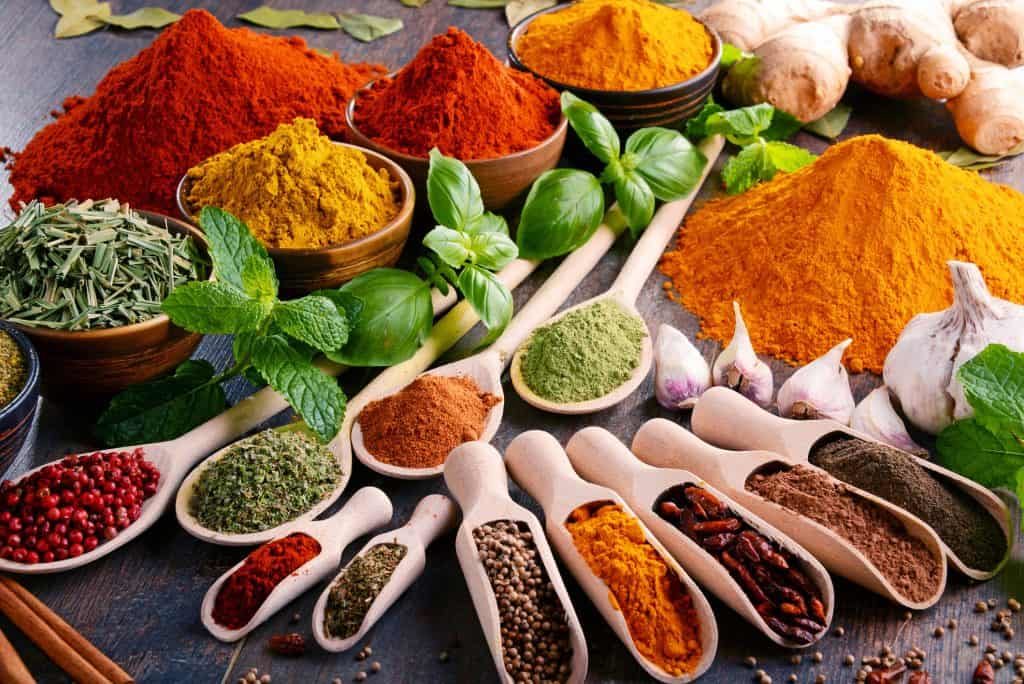In a randomized, controlled feeding study, 12 overweight or obese men between the ages of 40 and 65 with at least one risk factor for cardiovascular disease were given three versions of a high-saturated-fat, high-carb meal on three different days. One version of the meal contained no spices, one had two grams of the spice blend, and one had six grams of the spice blend. The researchers took blood samples before and after each meal, hourly for four hours, to measure inflammatory markers.
The results: When participants ate the meal with six grams of spices, they had lower inflammation markers compared to when they ate a meal with fewer or no spices. Six grams translates to anywhere between one teaspoon and one tablespoon, depending on the level of dehydration of the spices.
The researchers also cultured the white cells and exposed them to an inflammatory stimulus, to stimulate what would happen if the body were exposed to a pathogen. The cells released fewer inflammatory cytokines.
While the mechanism of action is undetermined, according to a press release, the researchers speculated that the anti-inflammatory properties of the spices counteracted the inflammatory effects of the meal.
Related: Inflammation: The Silent Killer (and what to do about it) PART TWO Diet, Not Obesity, Linked to Psoriasis Saturated Fat Affects Attention Span, Study Suggests
Connie Rogers, Associate Professor of Nutritional Sciences, said in the press release: “If spices are palatable to you, they might be a way to make a high-fat or high-carb meal more healthful. We can’t say from this study if it was one spice in particular, but this specific blend seemed to be beneficial.”The researchers used a blend of basil, bay leaf, black pepper, cinnamon, coriander, cumin, ginger, oregano, parsley, red pepper, rosemary, thyme and turmeric for the study, which was recently published in the Journal of Nutrition.
“Ultimately the gold standard would be to get people eating more healthfully and to lose weight and exercise, but those behavioral changes are difficult and take time,” Rogers continued. “So in the interim, we wanted to explore whether a combination of spices that people are already familiar with and could fit in a single meal could have a positive effect.”










